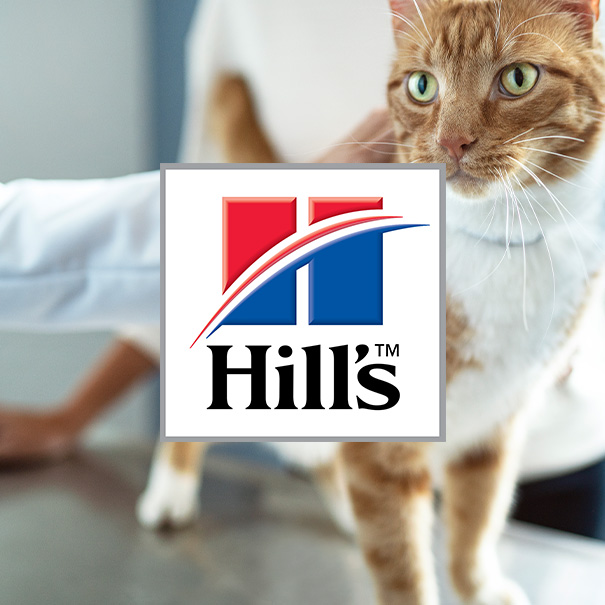Before you bring your new cat home, it is essential that you prepare for the new arrival. A cat must be provided with
- a litter tray
- separate food and water bowl
- a comfortable basket or be
- a carrier
- a comb or brush.
Playing with cat
It is also a good idea to provide toys as a cat will bond quickly with you through quality time spend playing with your cat. If you wish, you can also provide your cat with other useful items such as a scratching post or cat flap.
Training and tagging
Start training your cat at an early age to wear the collar by putting it on for a short period of time each day until the cat is used to wearing it. A collar must have an elasticated section so a cat can slip out of it should it get caught. The name tag should contain the cat’s name and your address and telephone number. An identity microchip can also be injected under the skin of your cat’s neck. This is the best way of tracing your cat should it get lost. Consult your vet for advice.
Regular Vet Checkups
One of the biggest responsibilities of caring for your cat involves taking it to the vet for regular check-ups, vaccinations and boosters. Choose a reputable vet in your neighbourhood and register your cat with the vet as soon as you bring it home. If your cat becomes unwell, never try to treat the cat yourself at home. Seek veterinary advice early to avoid your cat’s condition worsing by delayed treatments.
Neutering or spaying
Unless you are planning on breeding from your cat, responsible cat owners must have their pets neutered at the appropriate age. This is ideally carried out when the kitten is six months old. The procedures for both male and female cats are routine and usually without complications.
Cats are strict carnivores that rely on nutrients in animal tissues to meet their specific and unique nutritional requirements. In their natural habitat, cats consume prey high in protein with moderate amounts of fat and small amounts of carbohydrates. Thus, they are metabolically adapted for higher
metabolism of proteins and lower utilization of carbohydrates than dogs or other omnivores. Although cats can use carbohydrates as a source of metabolic energy, they have limited ability to spare protein utilization by using carbohydrates instead. Therefore, their diet should be comprised of proteins, fats, carbohydrates, vitamins, minerals and water in the correct proportions.
Proteins
Comprised of 23 different amino acids, proteins are often called the “building blocks” of the tissues. The kitten’s body can manufacture 12 of these amino acids. The other 11 amino acids, however, must come from dietary meat and plant sources and are called the “essential amino acids”.
Taurine, an amino acid present only in animal tissues, is one of the essential amino acids for cats needed to sustain normal cardiovascular, reproductive, and visual performance. Kittens require a dietary source of taurine because they cannot synthesize enough taurine from dietary precursors. Arginine is essential in the feline diet to promote detoxification of nitrogenous waste products.
Fats
Fats are used to supply energy, essential fatty acids and promote absorption of fat-soluble Vitamins A, D, E and K. In addition, fats make a diet more palatable to a kitten and help to maintain a healthy skin and haircoat. Compared to dogs, kittens require dietary sources of both linoleic acid and arachidonic acid. The requirement of both fatty acids arises from kittens’ inability to synthesize arachidonic acid from linoleic acid.
Carbohydrates
Carbohydrates provide energy and are made up of sugars, starches and cellulose (fiber). Carbohydrates are supplied in the diet from plant sources such as grains and vegetables. Despite the kitten’s adaptation to a low-carbohydrate diet, they are very efficient in starch and simple sugar
Vitamins Vitamins are necessary for many of the body’s chemical reactions. Fat-soluble Vitamins A, D, E and K need fat in the diet to be absorbed by the body. Kittens are incapable of converting beta-carotene from vegetables to Vitamin A. Therefore kittens require preformed Vitamin A, which is found only in animal tissues. Kittens also need a diet fortified with B vitamins thiamin and niacin. Vitamin C is not needed in the feline diet because kittens can make it themselves. “Complete” and “Balanced” commercial kitten foods don’t need additional vitamin supplementation.
Minerals
Minerals are needed by the body for structural building and chemical reactions. Like vitamins, minerals are supplied in the correct proportions in “Complete” and “Balanced” commercial kitten foods. Damage can be done by over supplementation. This is particularly true for calcium and phosphorus, because the proportions of these two minerals must be supplied to the kitten in the proper ratio for nutritional health.
Water
Water is the most important nutrient for all animals. Since cats do not have a strong thirst drive compared to other mammals, it is critical to provide a source of clean and fresh water in various locations at all times. Canned kitten food has a water content of at least 75 percent, so it is a good
dietary source of water.
Feeding a Balanced Diet
Kittens require a diet that regularly includes proteins, fats, carbohydrates, vitamins, minerals and water for proper nutrition. Of equal importance is the balance of these ingredients in the diet. A commercial kitten food is the most convenient method of ensuring a kitten receives these ingredients in correct proportions.
Choosing a Commercial Cat Food
Pet food manufacturers have developed foods that may safely be given as a kitten’s sole diet without supplementation. Such foods can be identified by the words “complete and balanced nutrition” on the label. These claims are regulated by federal and state agencies. The product may be formulated to meet the expected nutritional needs of cats in a given stage of life or the product can be chemically analyzed to be sure all the expected nutrients are present. If these methods are used to justify that claim of “complete and balanced” nutrition, the kitten food label should include a statement that the nutritional adequacy is based on a comparison to known nutritional standards. Look for these words on
such products: “Meets the nutritional requirements of kittens established by the American Association of Feed Control Officials (AAFCO).”


